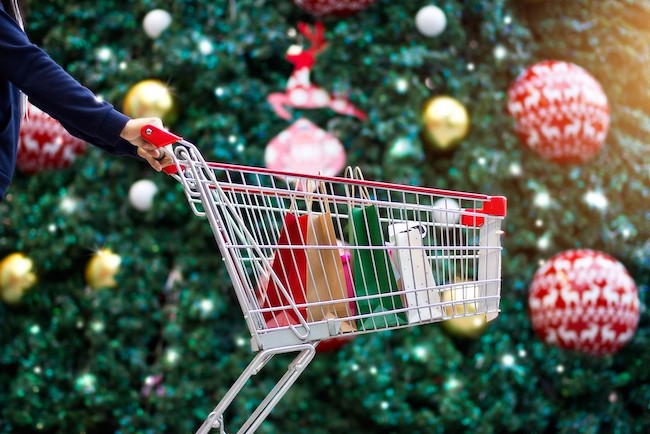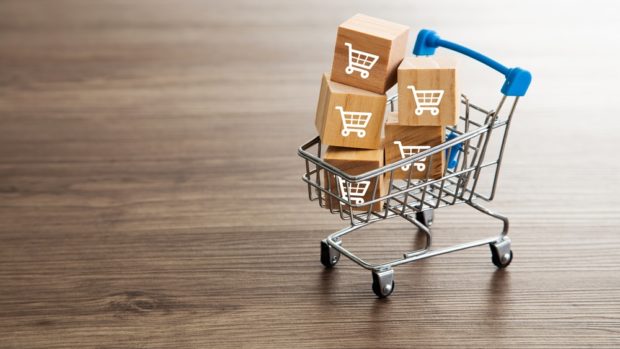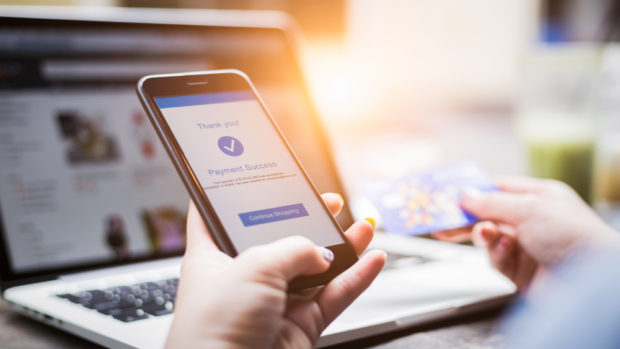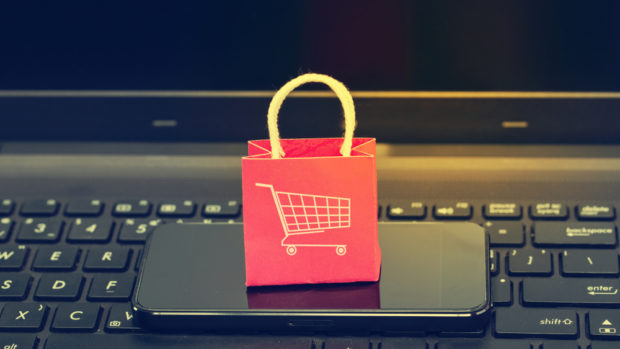
It is no doubt that 2020 presented an array of economic and personal challenges worldwide. But, for the world of ecommerce, 2020 also brought unprecedented growth. As physical stores shut down, shoppers turned out online, even those who had never before considered purchasing that way. The outlook for 2021 is cautiously optimistic. While consumers may react to lifted social distancing restrictions with exuberant spending, they could also continue to squirrel money away over fear COVID variants might cause more economic upheaval during the winter of 2021-22. Experts are predicting another year of growth, but not at the breath-taking rates seen in 2020.
Whether the growth rate surges or stabilises, one thing is certain: new shopping behaviours learned by consumers because of COVID are here to stay. Contactless payments, mobile wallets and social spending all saw new consumer use in 2020, and consumers who have good experiences with them will no doubt use them again.
There are some fundamentals that eCommerce providers must take onboard now if they want to have a successful holiday season.
Meet your customersí high expectations
The days when fulfilment and supply chain were little-known eCommerce topics have gone. Shipping delays due to a surge in eCommerce demand in 2020 as well as the Suez Canal blockage in March of 2021 brought fulfilment issues to the front page, literally.
Adding to the challenges are current HGV driver shortages and supply chain disruptions. The upshot is that supply chain issues will continue to challenge eCommerce brands for the foreseeable future.Those ramping up closer to the holidays will find challenges ahead. Whether you’re ahead of the game or playing catch-up, you can develop fulfilment strategies that will serve you well in the years to come, as supply chain issues are not going away anytime soon.
Businesses can use their data to intelligently predict consumer behaviour, allowing them to be ready for surges in demand for different products and locations. Avoid costly returns by giving the shopper an overload of information such as product images, comparison charts and reviews. To simplify reverse logistics and appeal to your customers, consider partnering with third-party drop-off sites for brands that don’t have physical stores.
Most critically, brands must communicate clearly, effectively and transparently with customers. They cannot expect sympathy from customers if fulfilment issues outside of their control delay delivery. Customers have come to expect shipping that fulfils their needs and desires—not the needs of retailers.
Be local and accessible
Many eCommerce marketing best practices that were true pre-COVID will continue to hold true this season. Retailers must develop unique customer acquisition strategies and marketing collateral for each market they enter — translated content isn’t enough. They should also use local channels, and messaging should remain cohesive across channels.
It’s critical to incorporate social buying into your marketing strategy as more customers are engaging with brands on their preferred platforms, which are increasingly social. Mobile commerce is another critical component to your marketing strategy, and it’s important to develop an optimised and responsive mobile experience for your customers.
Another important consideration is making sure your D2C platform is accessible to those with disabilities. Remember that COVID has affected various areas of the world differently, so tailoring your messaging to local realities is critical.
Payment strategies as a tool for business success
Payment systems are so important for brands that they should constitute a strategy in and of themselves, rather than just a back-office tactic. Over the pandemic several payment systems have become business critical:
- Digital Wallets: Consumer use of digital wallets surged during the pandemic. Chinese shoppers made the bulk of digital wallet purchases. In the US, digital wallet usage was up nearly 24 per cent over 2019 numbers.
- BNPL: Buy now, pay later (BNPL) is another payment method that is quickly rising in popularity. Brands offering BNPL have reported a 45 per cent increase in average order value when customers pay in four instalments.
- Mobile: Consumers are continuing to rely more heavily on their smartphones to make purchases in 2021 and beyond. It’s critical for brands to optimize the mobile experience with payment methods that allow shoppers to pay with one touch of a button rather than entering a credit card number.
- Direct Debit: Direct debit is another payment method that brands should consider adding to their online store. In this scenario, which is most popular in Europe, the retailer withdraws money directly from a consumer’s bank account.
Lean on tech
Underpinning every aspect of an eCommerce strategy is data. Businesses must leverage their data by developing a comprehensive customer-centric system that includes the entire customer lifecycle, including search, payment methods, and sales and shopper support data.
eCommerce providers can boost conversion rates, improve customer experience and reduce false declines by using a local payments processor that understands each market you’re in. Ensure that your payments partners are using retry logic to automatically route payments in a way that maximises the likelihood of authorisation.
Retailers simply must prepare well in advance for a surge in traffic to their platforms. If 2020 is any indication, the number of shoppers transacting through your platforms at any given time can vary wildly. That’s why it’s critical to test your system well ahead of time to ensure it can handle the load and make the adjustments early. More than any time of year, a failure to prepare spells trouble.
Finally, companies should select their partners carefully. They should look to work with back-office experts with specific tech and market experience. Appropriate partners can facilitate your brand to deliver tangible results this holiday season, ensuring you finish the year with a bang.
By Laura Lough, Director of eCommerce Operations, Digital River








Share